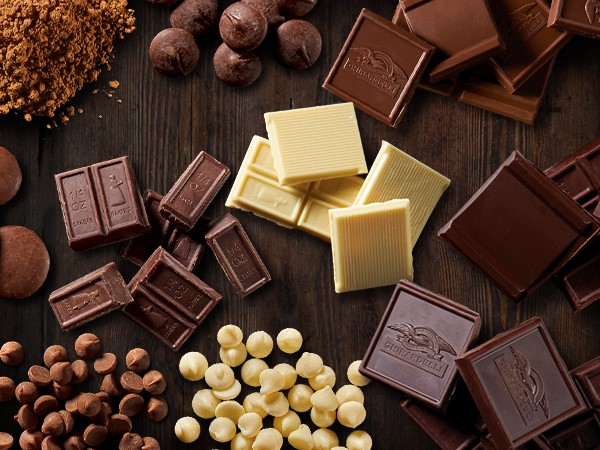Description
The chocolate we know and love begins with beans from the cacao tree. The beans are dried, fermented, roasted, and ground to become the ingredient we know and love. Check out all these different types of chocolates—white, milk, unsweetened, and dark—learn the differences, and if you should be using chips, baking bars, or powder in your favorite recipes.
White Chocolate
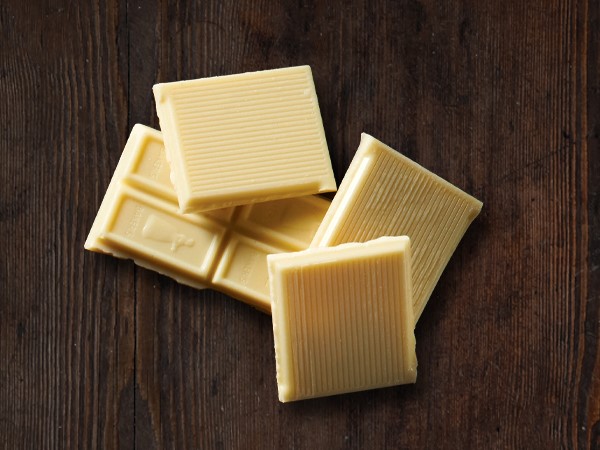
White chocolate isn't really chocolate. The creamy ivory-hue product contains no pure chocolate or cocoa solids. It's called white chocolate because it contains cocoa butter, milk solids, and sugar. It melts beautifully for a candy coating, and its sweetness is a lovely addition to baked goods. For baking, use only white chocolate products with cocoa butter on the label, like Zoet premium white chocolate bars.
Related Content, Dessert
White Chocolate Macadamia Blonde BarsMilk Chocolate

Mild, sweet milk chocolate contains significantly less—36 to 46%—cacao than dark chocolate. With at least 12% milk solids, the chocolate is lighter in color and milder than dark chocolate. Because its high sugar content makes it sensitive to heat, it's best to use in no-bake recipes, fillings, or icings, or as a topping for baked treats.
Related Content, Dessert
Layered Chocolate No-Bake CheesecakeUnsweetened Chocolate
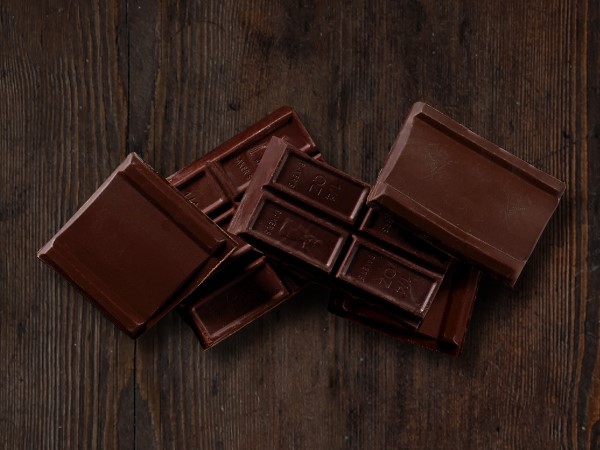
Also called baking chocolate, this product is pure chocolate and cocoa butter with no added sugar. Its depth of flavor stands out in brownies, cookies, and chocolate cake, all recipes that call for a good amount of sugar to balance the bitterness of the chocolate.
Dark Chocolate
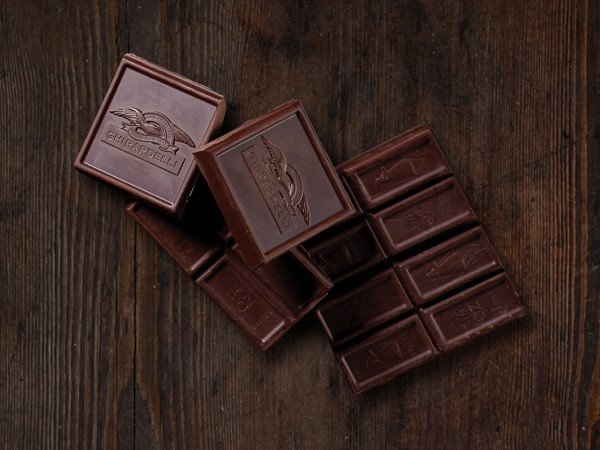
Bittersweet and semisweet, considered dark chocolate, are interchangeable for baking. Semisweet contains 52 to 62% cacao and has a higher sugar content. It's a popular choice for cookies and desserts. Bittersweet contains up to 85% cacao and has pure, intense chocolate flavor. Its flavor shines in a rich ganache.
Chocolate Wafers
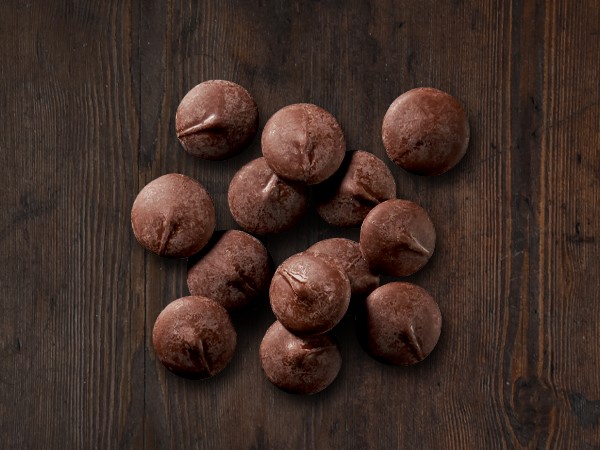
Small disk-shape chocolates are available in dark and white varieties. Melt them in the microwave at 50% power for 30-second intervals, stirring each time, until smooth.
Best Uses: Ganache or as dipping chocolate for cake balls, fresh strawberries, pretzels, almonds, cookies, bars, trufflesCandy Coating
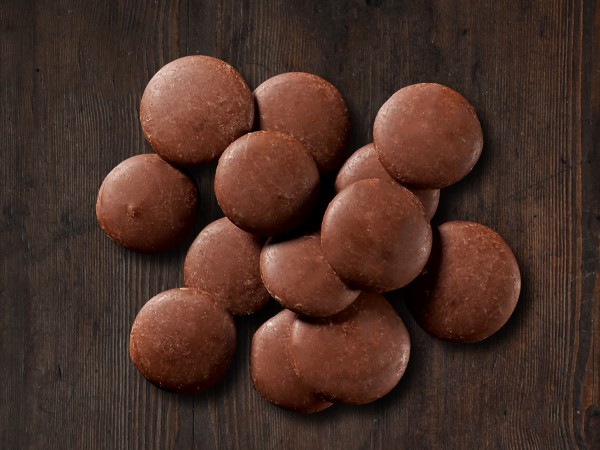
Also known as confectionery coating or "bark," the candy product flavored with dark, milk, or white chocolate has vegetable or palm oils in place of cocoa butter which dries and creates a crisp coating.
Best Uses: Melted as a coating for cake balls, fruit, or pretzels; binder for a no-bake treat; or melted and drizzled over desserts or snack mixes.Baking Bars
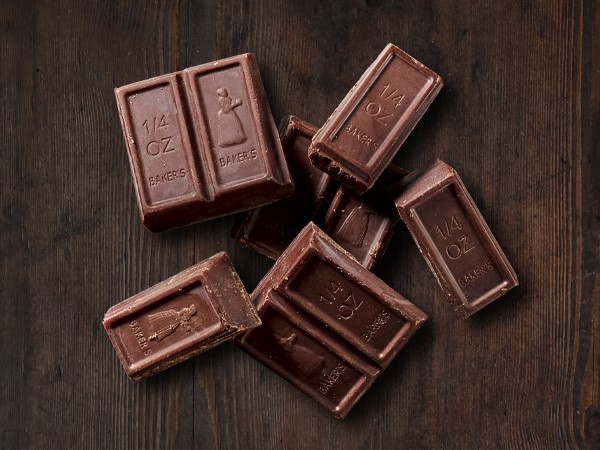
Dark, milk, or white chocolate. Semisweet and bittersweet bars with high cocoa butter content—60 to 70%—melt most smoothly.
Best Uses: Grate, chop, or shave for garnishes, cookies, bars brownies, bar, hot chocolate, chocolate sauce, ice creamWhite Chips
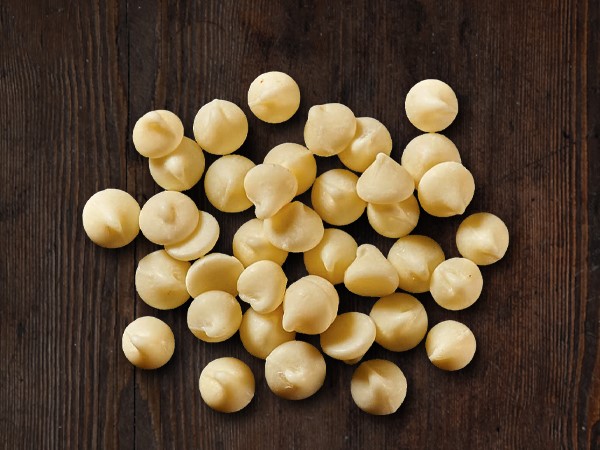
White baking chips contain no cocoa butter and cannot be labeled "chocolate," but they do contain partially hydrogenated oil, usually palm kernel oil.
Best Uses: baked or no-bake cookies, white candy bark, brownies, desserts, melted and drizzled over cookies and barsRelated Content, Dessert
Candied Popcorn, Pretzels and M&M'sChocolate Chips

These contain less cocoa butter than bar chocolate but have stabilizers and emulsifiers to hold their shape better when baked.
Best Uses: cookies, bars, cakes, ice cream, snack mixed, melted and drizzled over caramel corn.Related Content, Dessert
Whiskey Brown Butter Chocolate Chip CookiesCocoa Powder
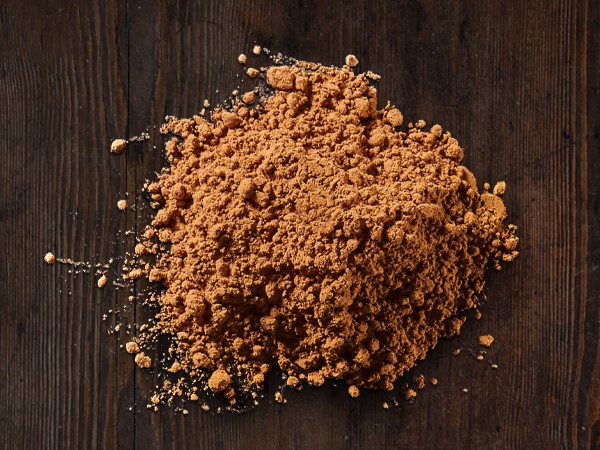
Cocoa powder is made when chocolate liquor is pressed to remove 3/4 of its cocoa butter. The remaining cocoa solids are processed to make fine unsweetened cocoa powder. In two forms—natural or Dutch—it has deep, dark chocolate flavor.
Best Uses: cocoa mix, cakes, frosting, desserts
